It is sometimes said that ingredients are cut better on soft cutting boards. On the other hand, cutting on a hard cutting board leaves some ingredients partially uncut. Why does this difference occur? In this article, we explain about the mechanism of the differences.
1, Soft cutting boards keep the edge of the knives sharp.

It is often said that what makes an edge of knife dull is not food ingredients, but cutting boards. Therefore, the softness of cutting boards is quite important. Especially for Japanese knives which have an extremely sharp edge, cutting on a hard cutting board destroys their performance in a short time. If the cutting board is soft enough, it keeps the sharpness longer, and thus ingredients are cut well. On top of this, the quality of the cut will be superior.
2, Knives can cut deeper into cutting boards.
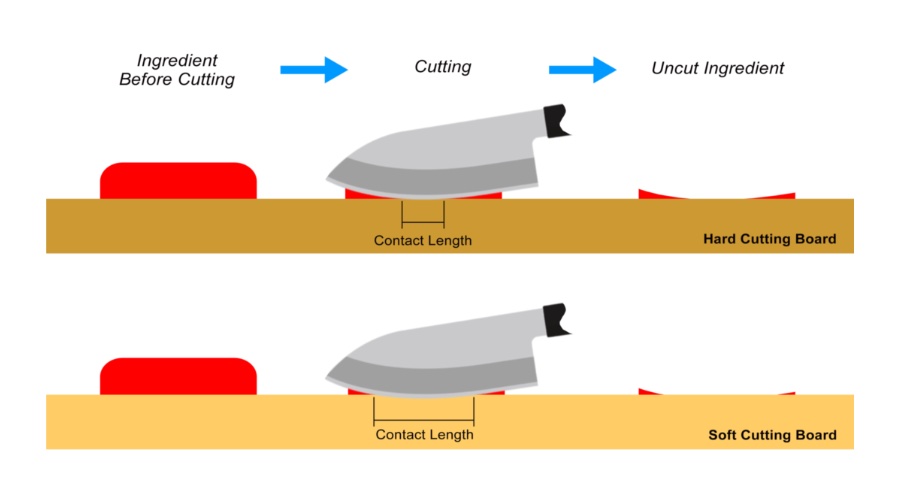
What happens when knives cut deep into cutting boards? As shown in the above figure, the “contact length” with a cutting board can be longer. It is obvious that the longer the contact length is, the smaller the uncut part of ingredients can be. It is also true that this advantage can be emphasized when knives are used for “pull cutting” or “push cutting”.
Over all, soft cutting boards give us many benefits. Not only the benefits written above, but also some others. For instance, soft cutting boards are more slip resistant than normal ones. So, soft cutting boards don’t move easily on a cooking bench, and so too with ingredients on them. It is also said that there are chefs who describe the soft cutting boards as “less tiring” or “less stressful”.
Why don’t you give one a try?

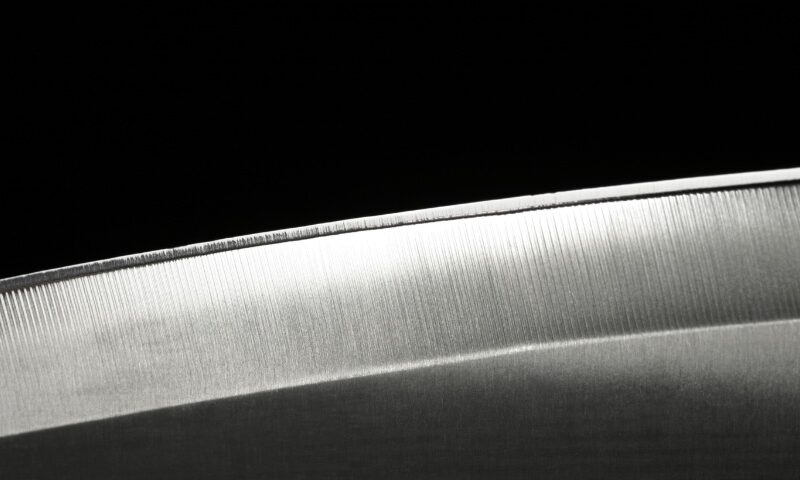
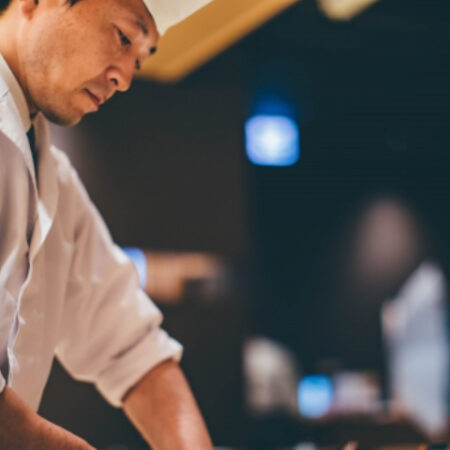
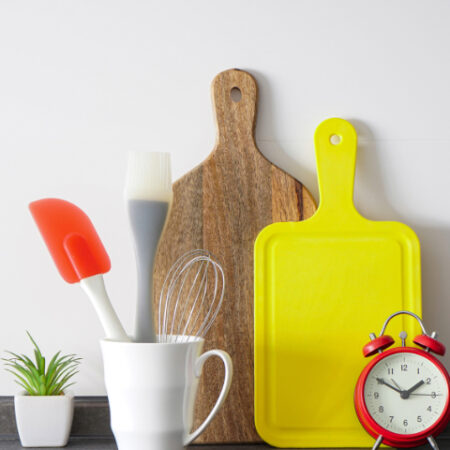
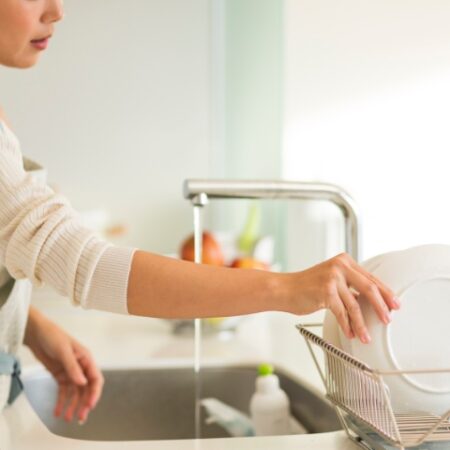

Comment